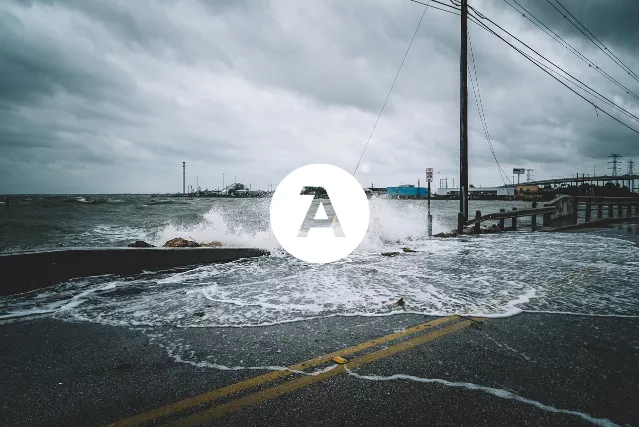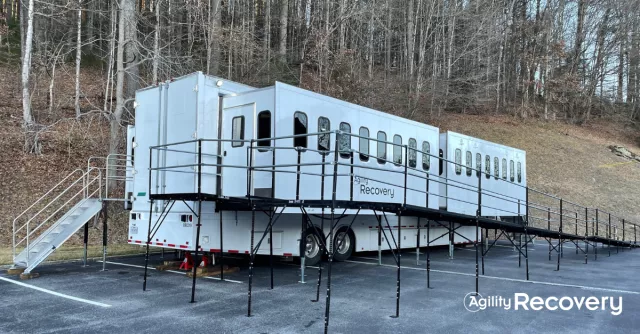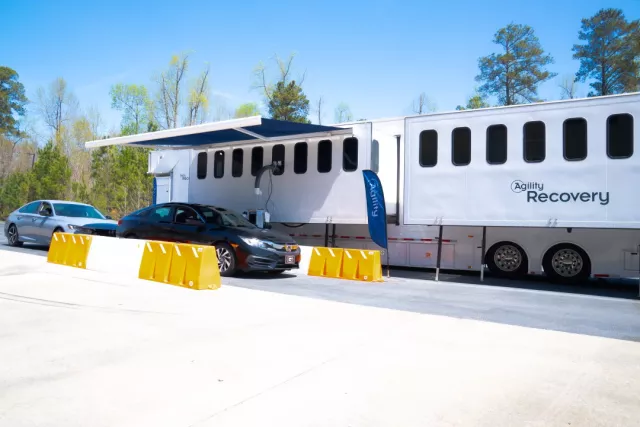10 Business Continuity Lessons Learned from Major US Hurricanes

Hurricanes can be the most vehement destructors, leaving towns that get in their way in ruins. According to our own data, 45% of business interruptions are typically caused by hurricanes. Because all business interruptions are unique, each crisis can provide business continuity lessons to help your organization build resilience and maintain critical functions.
Even if an organization is located in a low-risk area for natural disasters, human-made and isolated incidents pose an ever-present threat. For this reason, robust, well-led organizations must have a disaster plan to overcome a variety of business interruptions and ensure that your organization can:
- Recover from any disaster
- Protect your source of revenue
- Fulfill moral responsibilities to stakeholders
- Facilitate compliance
- Reduce exposure to civil or criminal liabilities
- Enhance your organization's image and credibility
- Potentially reduce insurance premiums
- Build organization-wide consensus and a culture of preparedness
When we read about weather updates, recurring and unpredictable has become the new normal. With 30 years of hands-on experience helping businesses return to continuous operations, we have put together a list of 10 field-tested lessons learned from major US hurricanes. These lessons will help any institution improve its resilience in the face of large-scale regional disasters and isolated incidents.
Business Continuity Lessons
1. Know your power requirements
Approximately 70% of all business interruptions we respond to involve power outages. However, before any organization can provide you with generator power, you need to know your power requirements. Answering some detailed, yet simple questions in advance will set your business up for success. We don't recommend delaying this vital step, as your recovery may be stalled for hours, if not days, because of that. That's assuming you can obtain the services of a qualified electrician during those times. Use our Power & Generator checklist to prepare for and respond to the loss of power.
2. Expand your vendor network
According to Deloitte's 2017 global extended enterprise risk management survey, 74% of surveyed organizations have faced a disruptive event with third parties in the last three years. Moreover, at least one in five organizations have experienced significant consequences resulting from a complete third-party failure or a supply chain incident.
During times of disaster, these same third-party entities you're using daily can become potential choke points of recovery operations, as they become overwhelmed with requests from their customers. Additionally, even if your organization isn't directly affected, your vendor network could be.
It's worth taking the time to look into your third-party's business resilience plan, ensuring that your vendors are as fortified against business continuity risks as your organization is. The more you rely on external parties to provide the critical services you require, the more critical it is to ensure that the third parties you interface with have resiliency and recovery capabilities in place.
3. Prepare and protect your employees
The safety and well-being of its people should be a top priority of any organization. Employees are unable to focus on work responsibilities when their well-being and that of their family is compromised. Additionally, as we saw in advance of many different hurricanes, evacuations (both voluntary and mandatory) can scatter employees in all directions. You should establish and maintain continuous communication with employees to remain aware of their whereabouts and well-being.
In particular, if a large portion of your staff is hourly wage employees, you must consider the likelihood of those employees seeking work elsewhere if you are unable to help them bridge the financial gap when they are out of work. We've had customers lose up to 60% of their workforce literally overnight when their staff learned of the delays they may face in returning to work and earning a living wage again.
Additionally, schools are often closed for extended periods of time, so providing childcare to your employees on-site is very common. There are implications of offering care for minors at your locations, but you may be able to help employees organize their own childcare groups or teams.
If your recovery strategy hinges on one person or a small group of knowledgeable personnel, that is an immediate red flag. Make sure you build enough redundancy into the "people" responsible for helping your organization recover.
4. Maintain consistent communication
No recovery can begin without effective, efficient communication. Whether you're referring to communicating with leaders, employees, vendors, or customers…each situation, and each audience requires a unique approach. During regional events, the challenges increase as telecommunications are among the first services to fail. Therefore, having secondary and tertiary methods of communicating with each target audience is imperative.
Consider using an emergency notification software such as Preparis that can send a text message, an email, a voicemail, or all of the above to a person at a specific geographical location or department.
5. Have proper insurance coverage
Many businesses and homeowners are now learning the limitations of standard coverage, particularly as it relates to the destructive power of floodwaters. Most policies do not cover natural disasters related to flooding. Additionally, the National Flood Insurance Program, which does cover flood damage, will not cover business interruption or lost revenue. As a business leader, your physical locations and property may be covered by NFIP policies, but if your doors are closed for weeks or months for repairs, you will not be compensated for all that lost revenue. When looking at your comprehensive insurance coverage, be sure to understand the maximum damages payable in each scenario, and consider obtaining added expense coverage. This particular coverage will help offset costs related to the actual recovery, like getting replacement equipment, temporary lodging or office space for employees, incidentals like supplies, fuel and travel expenses, and more. Without this coverage, only your physical property is covered, not the additional cost of executing a swift and effective recovery.
Related to the issue of insurance coverage is proper documentation and record-keeping for all the inventory, assets, and equipment that could potentially be damaged, destroyed, or lost during a natural disaster. Consider taking photos of all physical property and be very certain to keep accurate and up-to-date records of inventory on hand.
Take Proper Action Before The Unexpected
To read about the rest of the lessons and steps, download your copy of our Lessons Learned from Major U.S. Hurricanes guide to help your organization maintain its operations before, during, and after a disruption.



